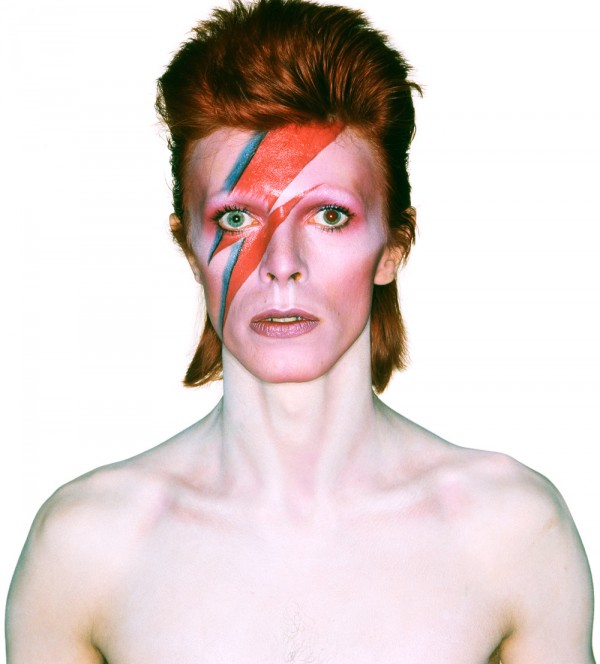
Yesterday I went to see the David Bowie exhibition at ACMI with my mum, and while she primarily brought me along so that she could attempt to bring me back into the same nostalgia she felt when she listened to one of his songs or saw a Ziggy Stardust costume, I had a completely separate, encompassing and profound experience. I felt as though I was meeting a fellow creative who on the surface seemed to be a strange and surreal figure, but underneath was constantly engineering and manipulating that visage for his own creative design and expression. And the only reason I felt encompassed by the experience, by his creativity and genius was because of another genius – a sound designer.
The entire exhibition, with all of its memorabilia scrounged from collectors from all corners of the earth, accompanied by in depth notes and writing about the stories of each piece, was quite honestly not about any of that. That all felt like window dressing. Much like a costume or a character was a message or an overall aura Bowie himself was trying to project through the ether, the mementos were only a small element in creating the world of the exhibition. They, coupled with VJ displays of interpretations of his work (playing along with the music), as well as the video clips themselves, the music and interviews cut into radio features with unique sounds creating a distorting aura all of their own, gave you a sense of the true type of artist Bowie was, rather than treating him like an artifact or exhibit. It really showed you the world he had created, and for someone who had never really experienced Bowie in depth and only from afar, it felt like a very personal experience, like getting to know the individual artist behind the persona and the music, and not just the colourful persona itself.
The most interesting part about the experience was the way that they used location. The headsets were designed so that when you enter the space, the area around a certain part of the exhibit, a specific sound piece will start to play, working perfectly with the visual elements around you and creating a unique cocoon of intriguing sounds and interesting exhibits, coinciding in a beautiful sensory way and creating an incredibly individualised experience, which, for an exhibition about the artist David Bowie, seems only fitting.
The idea of creating sound to coincide with a fixed visual stimulus, that encourages you to explore both visually and physically through touch, creates a very intimate, overall more encompassing and satisfactory experience. It’s also interesting through the idea of guiding the way one of the five senses perceives an environment, which in turn leads the others, especially since there is no such thing as ‘ear lids’, it seems all the more fitting to play with the way we experience location aurally, rather than visually necessarily. After all, cafe’s and elevators play music as though it were a comforting yellow wallpaper.

